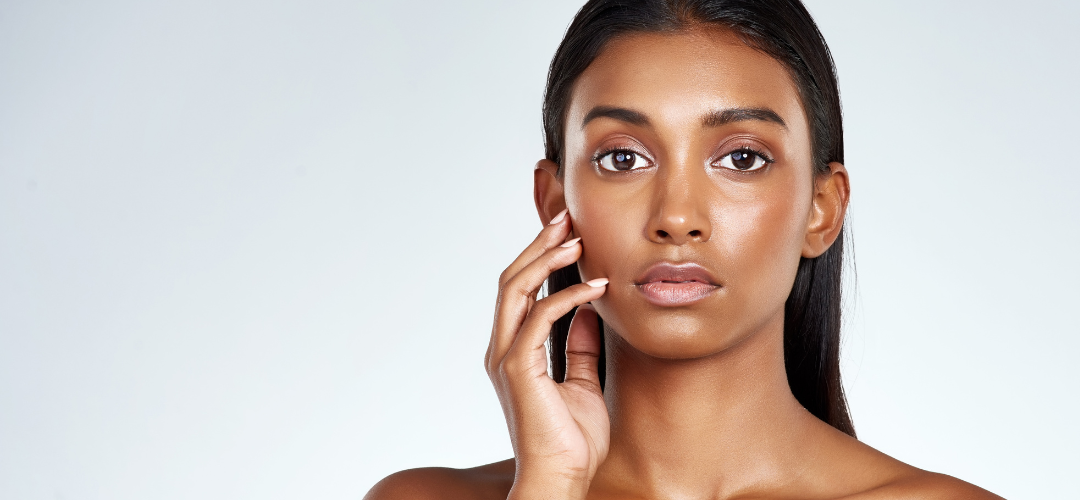- From the inside out: a healthy gut bacteria impacts your skin positively; skin problems can reflect an unhealthy gut microbiome.
- From the outside in: what you use topically affects the microbiome on your skin's surface
How the gut microbiome impacts skin health
The gut-skin axis refers to the link between the gut and the skin; the health of one will impact the other (and many other things along the way.) Academic research is increasing rapidly within the field of microbes generally, and there is attention on more specific areas such as skin health.
We're really encouraged by this activity, and whilst we wait with anticipation as more research is completed, here is what we know already about the gut-skin axis: They are both part of the immune system. Your immune system exists to protect your body from infection and disease, your skin is on the frontline and so it's a really key component.
Just like in your gut, your skin has a microbiome (or community of bacteria) living on it. These can be made up of both bad and good bacteria, with reportedly 1,000 different bacterial species and up to 80 different fungi species. We know that the microbes in your gut play a key role in determining your immune system, by telling it what to attack and what not to. For example, people with the autoimmune disease psoriasis have fewer strains of anti-inflammatory bacteria, and more pro-inflammation bacteria causing the immune system to attack, causing an excess development of skin tissues.
We know that, like in your gut, the key to a healthy microbiome is variety - the more different strains of microbes the better, that's why it's important not to use too many man-made chemicals in your life; whether that's on your skin, what you eat, what you clean with or what you wear.
How the microbiome on the skin operates Just like in your system, your skin is home to millions of live bacteria. Your skin flora is unique to you and will ebb and flow in terms of the variety and quantity of microbes it's made up of. Disruptions of the microbiome has been associated with altered skin barrier function, and if it tips too far the wrong way can cause premature aging, acne breakouts, and there is even evidence to suggest that it can contribute to inflammatory diseases like type 2 diabetes.
Actions for a healthy skin microbiome Like most health advice, the answer often boils down to the old-fashioned well-rounded and sensible health tips that we know already: eating a healthy diet with high nutritional value and low processed food, staying well hydrated and getting plenty of exercise and fresh air. As well as those basics, which have a profound effect on your skin health, here are some more specific things you can do to look after your skin flora:
- Adding bacteria to the skin. There's still lots more research to be done in this field, but we predict a huge surge in probiotic skincare products soon, which could be a really good addition to your skin health routine.
- Keep it simple: as tempting as it can be, avoid using skincare products laden with chemicals and ingredients. A simple cleansing and moisturising routine should be all your skin needs without the risk of disrupting the microbes with harsh chemicals.
- Probiotics have always been used to soothe the skin. Yogurt and kefir were used to calm red skin for a very long time. Did you know you can use microbz probiotics topically on the skin? We have seen great results with this!
- Limit stress. Easier said than done, we get it. However stress has a huge impact on your gut health, and as we know it's all linked; to put it simply: calmer mind, calmer gut, calmer skin.




